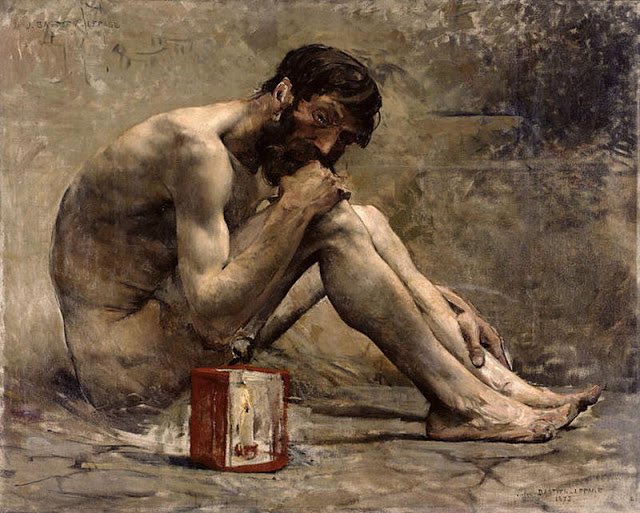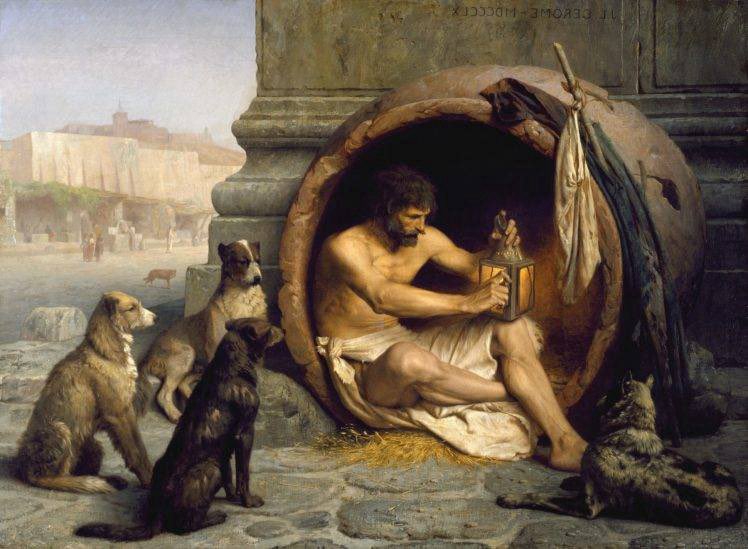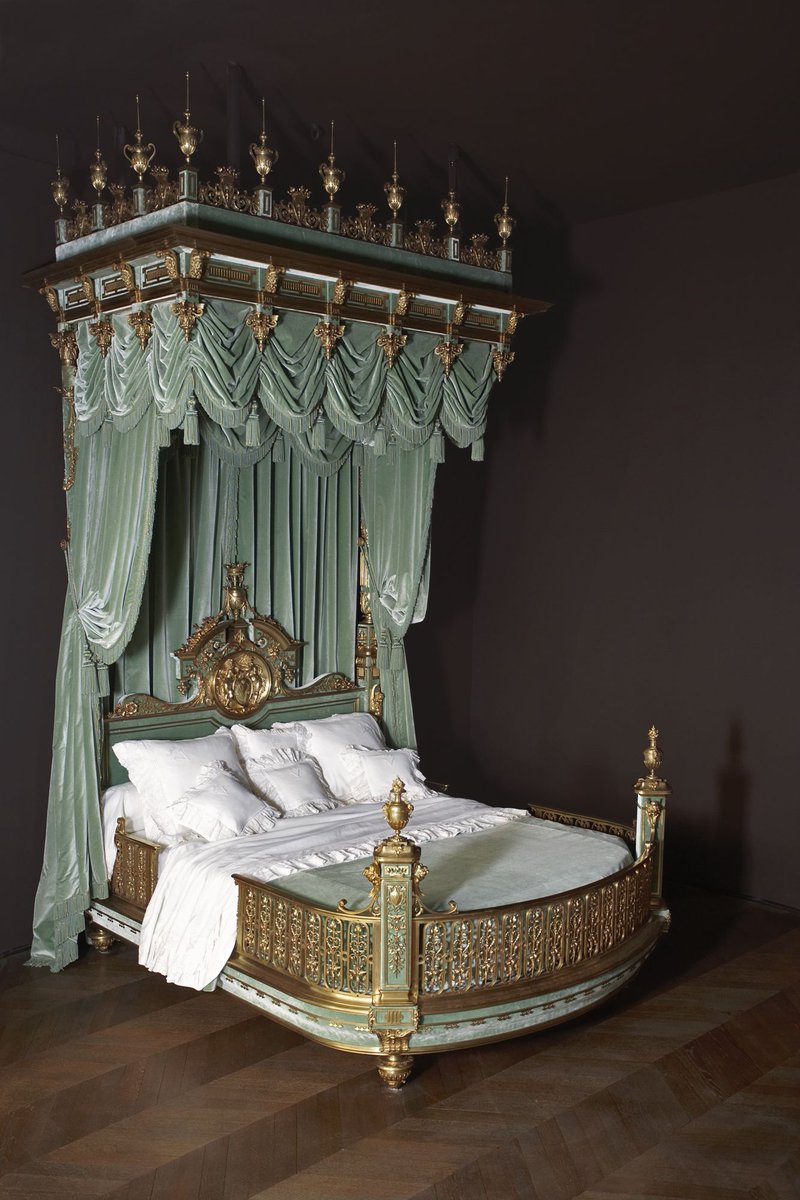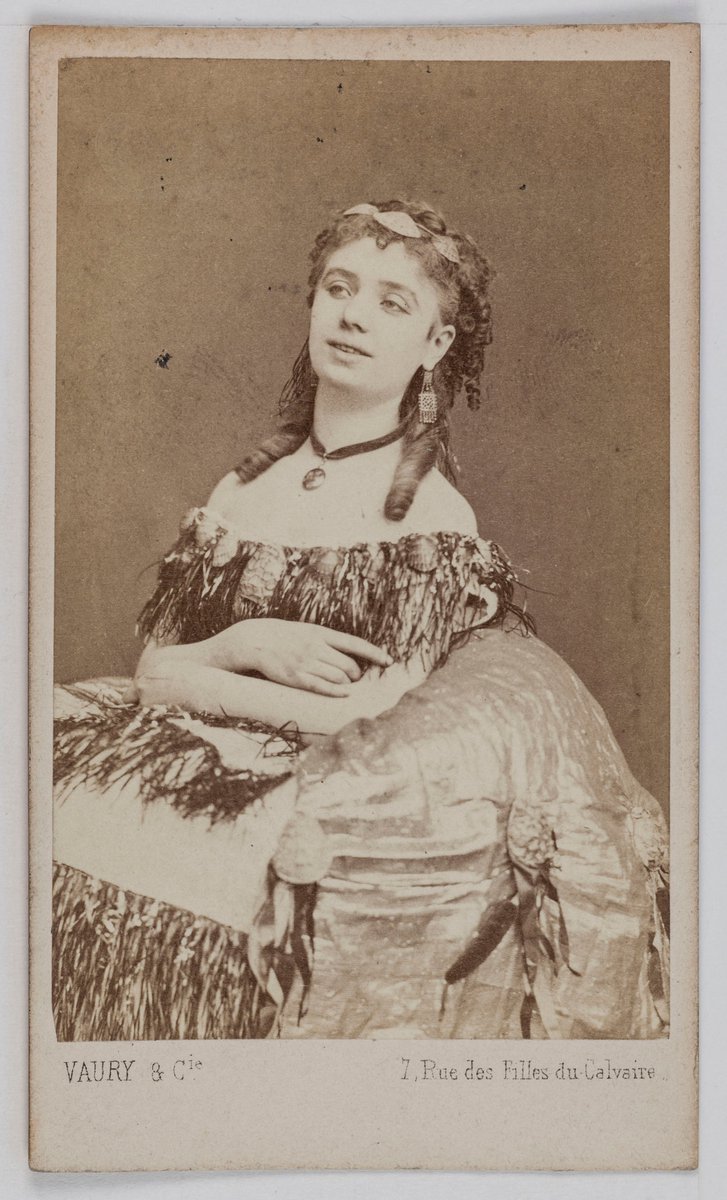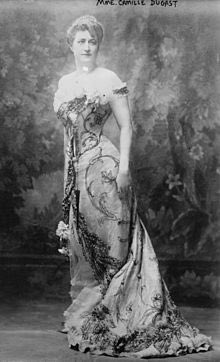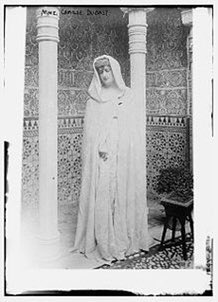
This is an advertisement for the famous “Coraline Corset”, patented by two brothers, Dr Ira & Dr Lucien Warner in 1873. They marketed it as a “health corset”.
! 𝚃𝚑𝚒𝚜 𝚌𝚘𝚛𝚜𝚎𝚝 𝚝𝚑𝚛𝚎𝚊𝚍 𝚑𝚊𝚜 𝚋𝚎𝚎𝚗 𝚍𝚒𝚜𝚙𝚞𝚝𝚎𝚍 𝚋𝚢 𝚘𝚏𝚏𝚒𝚌𝚒𝚊𝚕 𝚌𝚘𝚛𝚜𝚎𝚝 𝚜𝚘𝚞𝚛𝚌𝚎𝚜
! 𝚃𝚑𝚒𝚜 𝚌𝚘𝚛𝚜𝚎𝚝 𝚝𝚑𝚛𝚎𝚊𝚍 𝚑𝚊𝚜 𝚋𝚎𝚎𝚗 𝚍𝚒𝚜𝚙𝚞𝚝𝚎𝚍 𝚋𝚢 𝚘𝚏𝚏𝚒𝚌𝚒𝚊𝚕 𝚌𝚘𝚛𝚜𝚎𝚝 𝚜𝚘𝚞𝚛𝚌𝚎𝚜

Corsets were a staple of women’s fashion (and some men’s) since the 16th century & stayed in fashion until the early 20th century. Corsets were generally made from a stout fabric, with bone or metal inserts. Fastening at the front with hooks, the back closed with adjustable laces 

*They are lovely things and everyone should have one.*
In the early 19th century, corsets with metal eyelets started to be manufactured. This simple innovation meant that the corset could now be “tight-laced”. 
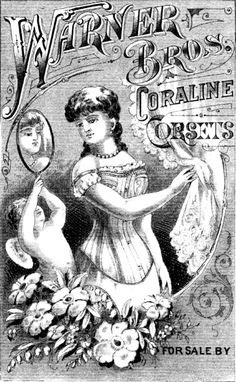
Tightlacing to achieve a very small waist was actually VERY rare. Most corsets were made to order, didn’t restrict breathing, & were just smashing. 

BUT there widespread concern that tight lacing corsets *could* cause all manner of health issues. Many Doctors claimed that tightlacing caused fainting, digestion problems, muscle atrophy, & even bone deformation. rcseng.ac.uk/library-and-pu…
Even The Lancet, one of the world's oldest medical journals, published articles on the subject -- one on June 14, 1890, entitled Death From Tight Lacing and the second on January 16, 1892, called Effects of Tight Lacing.
thelancet.com/journals/lance…
sciencedirect.com/science/articl…
thelancet.com/journals/lance…
sciencedirect.com/science/articl…
BUT, & I can’t stress this enough, despite an abundance of evidence showing medics & the various “rational dress” societies were panicked, there isn’t much evidence that this is true. Even if a few women were tightlacing to an extreme, this just wasn’t practical for everyone else 

Dr. Lucien Warner was a prominent American physician who also lectured about the supposed dangers of tight lacing. In an effort to stop the practice, Warner decided to make his own corsets. 

In 1873, he designed a corset that provided hourglass shape but was also flexible because it was made of Coraline, a product of the fibers of the Mexican Ixtle plant. He called it “Dr. Warner's Coraline Health Corset” 

The following year, Lucien Warner and his brother Dr. Ira De Ver Warner went into business together and founded Warner Brothers Corset Manufacturers. 

The success of the Warners’ designs made the brothers millionaires. By 1876, their corset was so popular that the company moved its manufacturing operations to Bridgeport, CT, & employed 1,200 people working 12hr days to produce 6,000 every day. 

Many of the women who made those corsets were immigrants who lived across the street at a place called the Seaside Institute. The Warner Brothers built it to provide free housing for the women in their employee. 

They also provided free education and schooling. The women who worked at this factory went on strike in 1915. They won an 8-hour workday and a pay raise. You can read more about that strike here bportlibrary.org/hc/bridgeport-… 

In 1894, the brothers retired and turned control of the company over to De Ver’s son, D.H Warner who added new corsets - including a rust proof corset. 
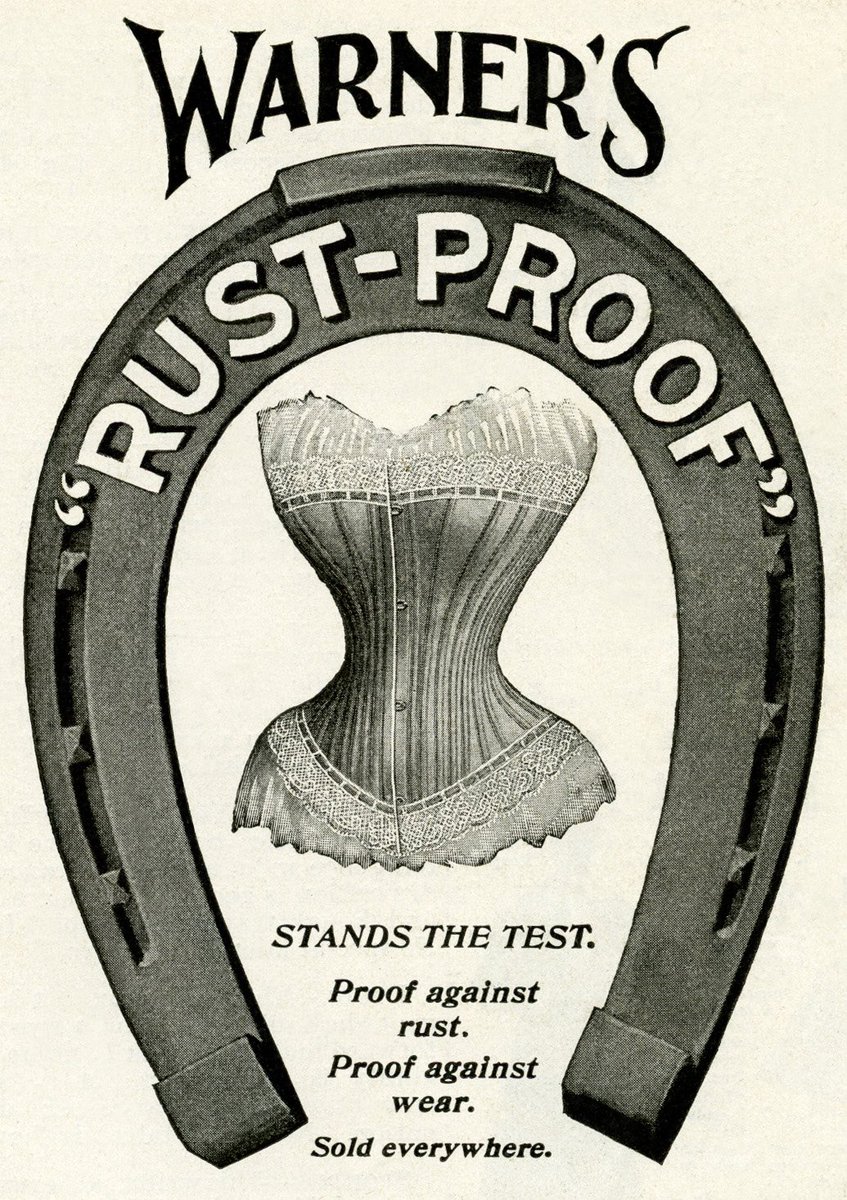
Warner Brothers also bought the patent for the brassier from Mary Phelps Jacobs, which made them many millions of dollars. 
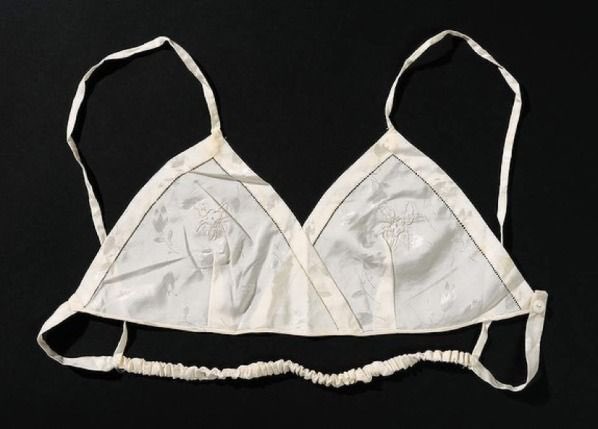
But the fashion for corsets was not to last. The First World War saw women ditch the corset for more practical attire for work. Then the Jazz Age and Flapper movement of the 1920s saw the corset fall further out of favour as women opted for breast-binding bandeaus
The Great Depression of the 1930s was difficult on the clothing industry and Warner was no exception & by 1931 the company was losing millions every year
The company's troubles were made even worse by the behaviour of the CEO, D. H. Warner, who was a terrible alcoholic & determined womaniser (not a good look for someone in the underwear business). 

After his wife died in 1931, D.H. continued to finance his debauchery with company profits and drink to excess before dying in 1934 at the age of 66. Control of the company was handed to his son-in-law, John Field.
Seeing there was no market for corsets, healthy or otherwise, Field stopped producing them and focused on underwear and swimwear instead. 

The company eventually changed its name to The Warnaco Group & at its height Its products were sold under several brand names including Calvin Klein, Speedo, Chaps, Warner's, and Olga. It was finally acquired by PVH in 2013.
The Warner Brothers corset factory was left empty for years and was only converted into apartments within the last few years. These images are from 2015 and show it abandoned.
lib.dr.iastate.edu/cgi/viewconten…

lib.dr.iastate.edu/cgi/viewconten…


And that is how the Warner Brother’s Coraline Health Corsets turned into Calvin Klein & Speedos, while securing the 8 hour working day for working women along the way.
The End
The End
Thank you to everyone who respectfully corrected the errors in the original thread. If you would like to offer further feedback, please do so. History changes all the time. Sometimes I miss the memo & get things wrong & am always happy to make amends.
Kate x
Kate x
• • •
Missing some Tweet in this thread? You can try to
force a refresh


